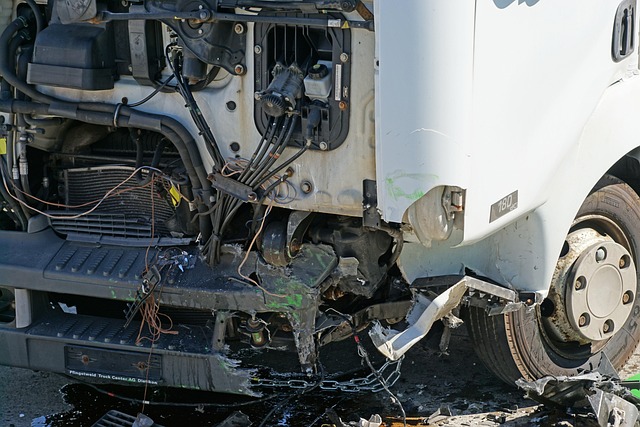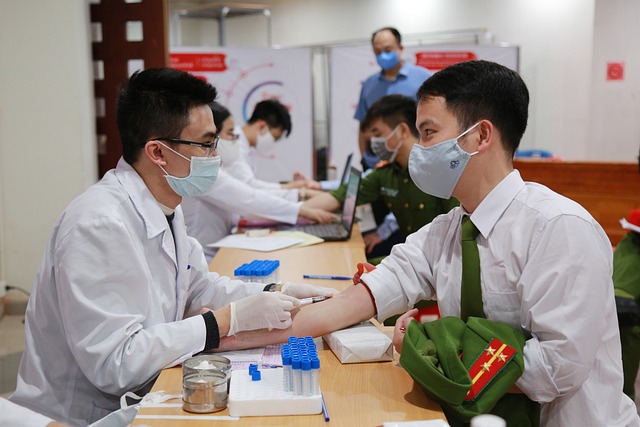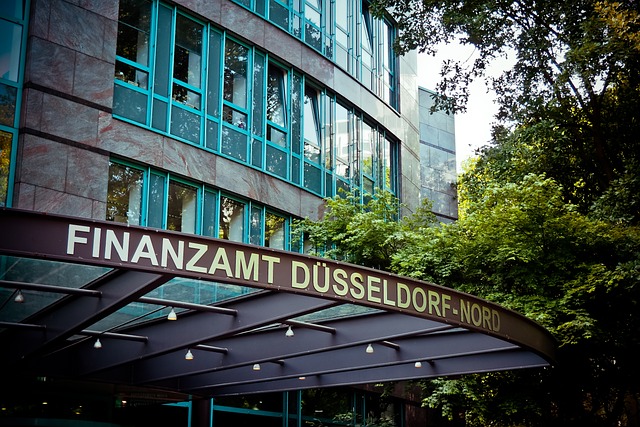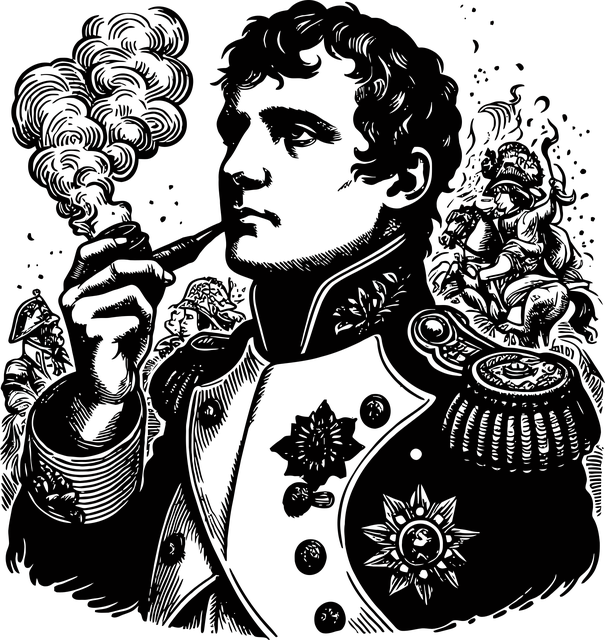General Liability insurance is a critical tool for businesses and individuals to manage risks associated with property damage, personal injury, or bodily harm. It provides a safety net against financial losses and legal complexities by covering medical expenses, legal fees, and property repair/replacement costs. Key coverage areas include physical damage to premises, operations causing customer accidents or product-related damages, and specific natural disasters. Proactive risk management through maintenance, proper storage, and employee training minimizes these risks and enhances the effectiveness of general liability coverage. Understanding policy terms, exclusions, and limits is vital for efficient claims processing, ensuring business continuity and financial security.
General Liability insurance is a cornerstone of risk management for property owners, offering protection against financial loss from claims of bodily injury or property damage. This comprehensive guide delves into the intricacies of general liability coverage, exploring key concepts like what constitutes property damage and the scope of protection. We’ll navigate legal responsibilities, common scenarios, the claims process, and strategies to mitigate risks, providing a detailed overview for property owners to understand and maximize their protection.
Understanding General Liability: A Comprehensive Overview

General Liability, a cornerstone of risk management for businesses and individuals alike, encompasses legal responsibilities for damages resulting from operations, products, or premises. This insurance is designed to protect against a wide range of claims, including property damage, personal injury, and bodily harm. It’s not merely about compensation; it’s about mitigating financial risks and ensuring business continuity.
At its core, General Liability involves understanding potential hazards associated with your activities and assets. Whether you’re a retailer facing a slip-and-fall incident or a manufacturer dealing with a defective product lawsuit, the goal of this coverage is to provide a safety net during unforeseen events. By assessing risks, evaluating liability, and ensuring adequate insurance, individuals and businesses can navigate legal complexities and financial burdens with greater assurance.
What Constitutes Property Damage? Defining the Terms

Property damage, in the context of general liability, refers to any physical harm or destruction caused to someone else’s property. This can include a wide range of incidents such as structural damage to buildings, loss or corruption of data stored on devices, and even environmental contamination. The key is that it involves an adverse change in the condition of property, whether it be tangible like a broken window or intangible like lost information.
Defining “damage” and “property” is crucial when discussing general liability. Damage implies an impairment or loss of value, while property can encompass a broad range of things, from buildings and land to personal belongings and digital data. Understanding these terms is essential because it determines the scope of an insurer’s or individual’s responsibility for rectifying or compensating for such losses under a general liability policy.
The Scope of General Liability Insurance Coverage

General Liability insurance coverage offers protection against claims of bodily injury or property damage that may arise from your business operations. This includes a wide range of scenarios, such as accidents involving customers on your premises, damages caused by products you sell, or even unexpected events like natural disasters if certain conditions are met. The policy aims to shield businesses from significant financial losses and legal liabilities.
The scope of coverage varies among insurers, but typically includes medical expenses for injured parties, legal fees incurred during defence against claims, and compensation for the cost of repairing or replacing damaged property. It’s crucial to review your policy’s specific terms, exclusions, and limits to understand what’s covered and what isn’t. This knowledge ensures you’re adequately protected and can effectively navigate potential liabilities related to general liability.
Common Scenarios: When Is Property Damage Covered?

Property damage coverage under general liability insurance is triggered by a range of common scenarios. One such scenario involves physical damage to premises, including buildings or land. This can occur due to events like fires, explosions, falling objects, or even severe weather conditions. In these cases, the policy will typically cover the cost of repair or reconstruction.
Another scenario includes situations where an insured’s operations lead to property damage on someone else’s property. For instance, if a construction project causes damage to neighboring structures due to poorly managed materials or equipment, the general liability insurance would kick in to cover the repairs or legal liabilities arising from such incidents.
Legal Responsibilities and Obligations for Property Owners

Property owners have a general liability to ensure their premises are safe for visitors and tenants. This includes regular maintenance, prompt repair of defects, and proper warning signage where necessary. Negligence in these areas can lead to significant legal consequences, especially if someone sustains an injury or experiences property damage due to the owner’s failure to maintain a safe environment.
The scope of general liability extends beyond physical structures; it also encompasses any hazards that may arise from the property’s use or the activities conducted thereon. Owners must be vigilant in managing risks, such as slippery surfaces after rainfall, uneven sidewalks, or hazardous materials storage, to avoid potential lawsuits for personal injuries or property damage claims.
Mitigating Risks: Preventing and Reducing Potential Damages

In the context of general liability for property damage, mitigating risks and preventing potential damages are crucial steps in safeguarding against financial burdens and legal repercussions. Businesses and individuals alike should adopt proactive measures to minimize the likelihood of incidents that could lead to costly repairs or replacements. This involves regular maintenance checks, proper storage practices, and ensuring clear communication protocols to address hazards promptly.
By implementing simple yet effective precautions, such as securing heavy objects, maintaining safe flooring conditions, and training employees on safety protocols, significant risks can be mitigated. Proactive risk management not only protects against property damage but also demonstrates a commitment to ensuring the well-being of customers, visitors, and employees, thereby enhancing overall liability coverage under general liability policies.
Claims Process: Navigating the Steps After Property Damage Occurs

After property damage occurs, understanding the general liability claims process is crucial for a smooth and efficient resolution. The first step involves documenting the incident thoroughly – taking photos, noting the extent of damage, and gathering any relevant information or statements from witnesses. This detailed record serves as the foundation for your claim.
Next, contact your insurance provider to report the property damage. They will guide you through their specific claims process, which may include submitting a formal claim form, providing additional documentation, and potentially arranging for an adjuster to inspect the damaged property. Stay in close communication with your insurer throughout this navigation to ensure your claim moves forward effectively under general liability coverage.
